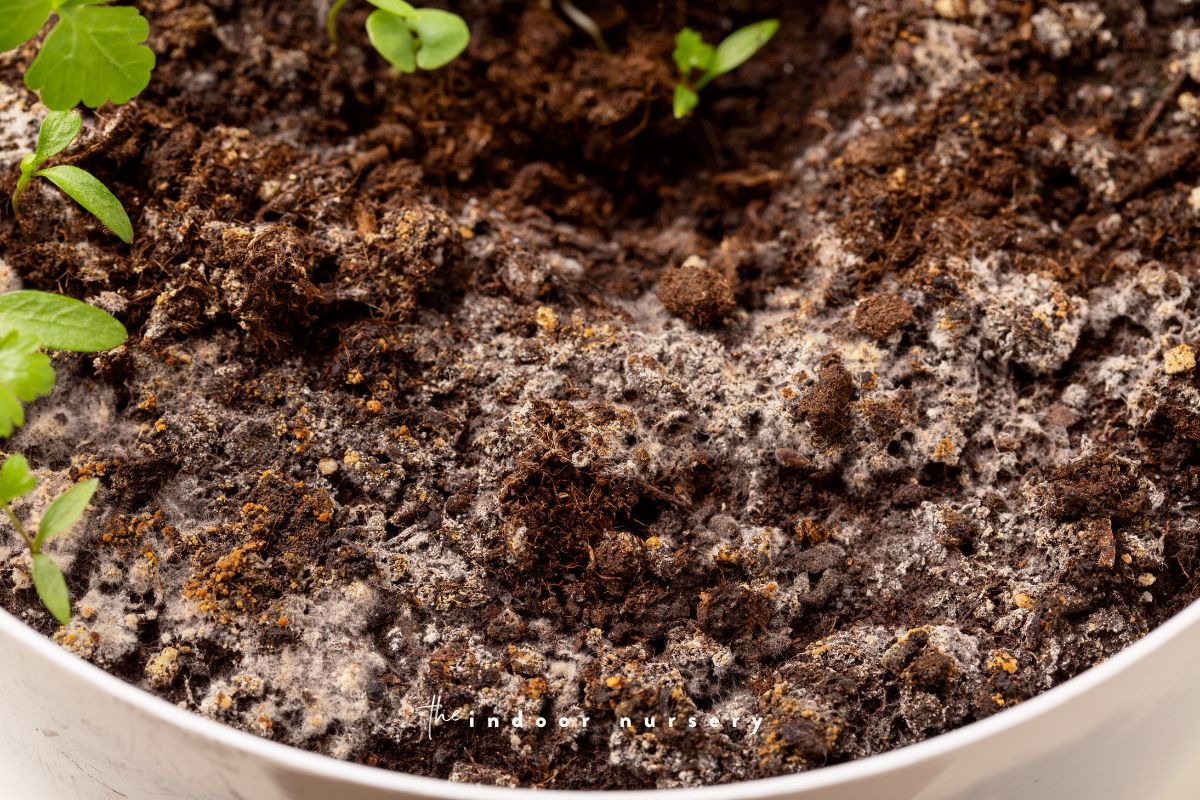Mold Matters: Why Plants Get Soil Mold And How To Keep It At BayPosted by Donald J. Brooker on January 15th, 2024
In the fragile dance of plant care, soil mold arises as a spontaneous visitor. It's disturbing the concordance of a flourishing nursery. Unwinding the secrets behind this fungal intrusion is critical for safeguarding the wellbeing of your green sidekicks. It is essential to Recognize their assortment. Parasites, for example, Fusarium and Rhizoctonia are essential players, stirring up misgivings about soil wellbeing. An enthusiasm for these deceptive powers arms the grounds-keeper with knowledge. This excursion digs into the multifaceted domain of soil mold. This interpret its causes, signs, and, in particular. It'll proactive measures to stop its infringement. So, continue reading before you look for yellow mold in houseplant soil. Understanding Soil MoldJump into the perplexing tapestry of soil mold, a maze where organisms of different species merge. The inconspicuous subtleties of these microorganisms, like Fusarium and Rhizoctonia, characterize the landmark where plant wellbeing is challenged. It's a domain molded by unambiguous environmental prompts, where rotting organic matter becomes both partner and enemy. Recognition of this diverse enemy establishes the groundwork for vital mediation. Fungal substances have large amounts of soil, sneaking fully expecting helpful circumstances. Fusarium and Rhizoctonia, employing their impact, are meaningful figures in the fungal orchestra. Causes Of Soil Mold On PlantsOverwatering and deficient waste, two offenders in this unequal three step dance, make a sanctuary for mold expansion. It's a story of overabundance and inadequacy, an adventure where waterlogged soil births an environment helpful for fungal success. Diving into these elements discloses the nexus of mold proliferation and roots choked by the results of awkwardness. Water, a day to day existence provider to plants, changes into a blade that cuts both ways when botched. The overabundance, appeared in overwatering, breeds a sustaining ground for mold to flourish. At the same time, unfortunate waste intensifies this trouble, birthing an environment where growths thrive unrestrained. Signs Of Soil Mold InfestationIn the quiet discourse among plants and soil, noticeable misery signals act as the voice of the blockaded. Hindered development becomes the indisputable supplication for intercession, a sign of the roots wrestling with the guileful grasp of mold. Withering leaves, once lively, transform into a powerful image of the plant's battle. The battle of a plant appears in hindered development — a quiet declaration to the infringement of mold. Shriveling leaves act as an impactful supplication for mediation, flagging the pain incurred by the fungal interloper. These apparent cries reverberation the battle underneath the surface, where roots wrestle with the treacherous hold of mold. Preventive MeasuresIn the munititions stockpile against soil mold, key watering arises as a strong partner. A cadenced dance of hydration, going without overabundance, shields against mold's invasion. Similarly fundamental is the post of well-depleting soil, raising a blockade against fungal advances. The speculative chemistry of normal cures, from neem oil to cinnamon, adds an eco-friendly layer of assurance. These gatekeepers, when joined together, stand versatile against the infringing tide of mold. Soil mold, a quiet orchestrator of ecological equilibrium, arises as a powerful power in the cultivating story. How To Remove Soil MoldAt the point when mold infringes, quick and conclusive activity is the landscaper's privilege. Enter the domain of normal fungicides and soil medicines, disturbing the fungal coordination. Knowing why do plants get mold on the soil and making an agreeable equilibrium becomes central. The adventure of expulsion becomes a demonstration of the nursery worker's obligation to saving the holiness of the green shelter. In the fabulous orchestra of plant development, rotting leaves and establish trash arise as unrecognized supporters of soil mold. These organic remainders, while vital for the circle of life, become accidental partners in the fungal victory. ConclusionIn the tapestry of cultivation, the story of soil mold unfurls as a useful example. Air circulation, a much needed refresher for the soil, encourages an environment ungracious to fungal development. Customary soil testing becomes the grounds-keeper's compass, exploring the nuanced landscape of soil wellbeing. You ought to set out on the excursion of sustaining your green buddies. Subsequently, let the examples learned here be a safeguard against the infringing obscurity. Embrace the force of information, invigorating your nursery's guards and guaranteeing a flourishing safe-haven for the existence it supports. Like it? Share it!More by this author |



